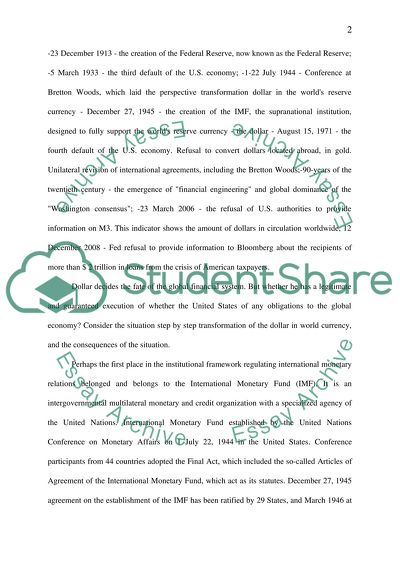Cite this document
(“Historical Analysis of the Role of the Dollar in International Finance Research Paper”, n.d.)
Retrieved from https://studentshare.org/finance-accounting/1436001-historical-analysis-of-the-role-of-the-dollar-in
Retrieved from https://studentshare.org/finance-accounting/1436001-historical-analysis-of-the-role-of-the-dollar-in
(Historical Analysis of the Role of the Dollar in International Finance Research Paper)
https://studentshare.org/finance-accounting/1436001-historical-analysis-of-the-role-of-the-dollar-in.
https://studentshare.org/finance-accounting/1436001-historical-analysis-of-the-role-of-the-dollar-in.
“Historical Analysis of the Role of the Dollar in International Finance Research Paper”, n.d. https://studentshare.org/finance-accounting/1436001-historical-analysis-of-the-role-of-the-dollar-in.


